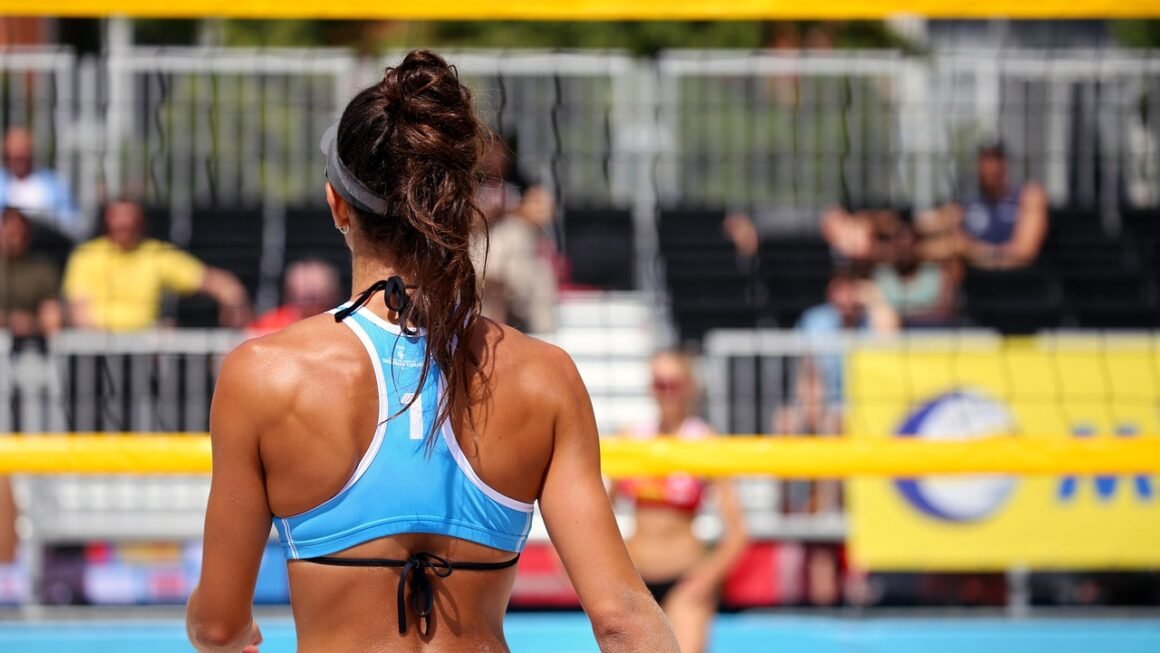The roar of the crowd, the crisp scrape of skates on ice, the lightning-fast passes, and the bone-jarring hits – nothing quite captures the thrill of hockey. Whether you’re a seasoned fan, a newbie curious about the sport, or even aspiring to step onto the ice yourself, understanding the intricacies of hockey can significantly enhance your appreciation and enjoyment. This guide will delve into the various aspects of this exhilarating game, from its origins and equipment to its rules and strategies.
A Brief History of Hockey
Hockey’s roots run deep, evolving over centuries from various stick-and-ball games played across Europe and North America. While its precise origins are debated, the modern game as we know it began to take shape in Canada in the late 19th century.
Early Development in Canada
- The first organized indoor hockey game was played in Montreal in 1875.
- Queen’s University and McGill University were among the earliest adopters of the sport.
- Early rules were standardized and refined during this period, laying the foundation for future leagues.
- Lord Stanley of Preston, then Governor General of Canada, donated the Stanley Cup in 1892, solidifying hockey’s importance in Canadian culture.
The Evolution to Professional Hockey
- The early 20th century saw the emergence of professional leagues and teams.
- The National Hockey League (NHL) was founded in 1917, evolving from the National Hockey Association (NHA).
- Key milestones include the introduction of forward passing and the evolution of player equipment for enhanced safety.
- The “Original Six” era (1942-1967) marked a period of stability and solidified the NHL’s position as the premier hockey league. These teams were the Montreal Canadiens, Toronto Maple Leafs, Boston Bruins, Chicago Black Hawks, Detroit Red Wings, and New York Rangers.
Essential Hockey Equipment
From head to toe, hockey players require specialized gear to protect themselves from the sport’s inherent risks. Understanding the purpose of each piece of equipment highlights the importance of safety in hockey.
Protective Gear
- Helmet: Crucial for preventing head injuries. Look for helmets certified by organizations like HECC and CSA.
- Mouthguard: Essential for protecting teeth and reducing the risk of concussions. Custom-fitted mouthguards offer the best protection.
- Shoulder Pads: Designed to absorb impact from collisions and protect the shoulders, collarbone, and upper back.
- Elbow Pads: Protect the elbow joint from impacts and abrasions.
- Gloves: Provide protection for the hands and wrists while allowing for good grip and dexterity.
- Hockey Pants: Offer padding for the hips, thighs, and tailbone.
- Jock/Jill Strap: Essential for protecting the groin area.
- Shin Guards: Protect the shins from pucks, skates, and collisions.
Skates and Sticks
- Hockey Skates: Designed for speed, agility, and stability on the ice. Proper fit is crucial for performance and comfort.
Consider your skill level and frequency of play when selecting skates.
Heat-molding can improve the fit and performance of skates.
- Hockey Stick: Used to handle the puck and shoot. Sticks come in various lengths, flexes, and curves.
The flex of the stick refers to its stiffness; a lower flex is generally preferred for players with less strength.
Stick length should typically reach the nose without skates on.
Understanding Hockey Rules and Gameplay
Hockey is a fast-paced and dynamic sport governed by a complex set of rules. Familiarizing yourself with the key regulations and gameplay elements is crucial for understanding and appreciating the game.
Basic Rules
- Icing: Occurs when a player shoots the puck from behind their own defensive zone across the opposing team’s goal line without it being touched by another player. Play is stopped and the puck is returned to the offending team’s defensive zone.
- Offsides: A player cannot enter the offensive zone before the puck. If an attacking player precedes the puck into the offensive zone, the play is whistled dead and a faceoff occurs in the neutral zone.
- Penalties: Infractions of the rules result in penalties. Common penalties include tripping, hooking, slashing, and interference. Minor penalties result in a two-minute penalty, while major penalties result in a five-minute penalty.
- Power Play: When a team has a player (or players) in the penalty box, the other team is on the power play, meaning they have more players on the ice.
- Faceoff: Used to start play at the beginning of the game, after goals, and after stoppages of play. The puck is dropped between two opposing players who battle for possession.
Key Gameplay Elements
- Passing: Accurate and timely passing is essential for maintaining possession and creating scoring opportunities.
- Shooting: Players must be able to shoot the puck with accuracy and power to score goals.
- Skating: Exceptional skating skills are fundamental to success in hockey.
- Checking: Legal body checking is permitted in most levels of hockey. Players can use their body to separate opponents from the puck.
- Goaltending: The goaltender’s primary responsibility is to prevent the opposing team from scoring. Goalies require exceptional reflexes, agility, and positioning.
Hockey Strategies and Tactics
Beyond individual skill, hockey teams rely on strategic systems and tactical adjustments to gain an advantage over their opponents. Understanding these elements adds another layer of appreciation for the game.
Offensive Strategies
- Breakout: The process of moving the puck out of the defensive zone and transitioning to offense.
- Zone Entry: Methods for entering the offensive zone with possession of the puck. This often involves puck carrying, dumping the puck in, or passing the puck to enter with speed.
- Power Play Formations: Specialized offensive setups designed to maximize scoring opportunities during a power play. Common formations include the umbrella and the 1-3-1.
Defensive Strategies
- Neutral Zone Trap: A defensive strategy aimed at slowing down the opposing team’s attack by congesting the neutral zone.
- Defensive Zone Coverage: Systems for defending the area around the net, such as the zone defense or the man-to-man defense.
- Penalty Killing: Tactics for preventing the opposing team from scoring during a penalty. Teams often employ a diamond or box formation.
Special Teams
- Power Play: When a team has a player advantage due to a penalty, the power play unit aims to generate scoring chances.
- Penalty Kill: When a team is shorthanded due to a penalty, the penalty kill unit focuses on preventing the other team from scoring.
- Faceoffs: Winning faceoffs is crucial for gaining possession of the puck at key moments in the game.
Getting Involved in Hockey
Whether you’re looking to play, watch, or simply learn more, there are numerous ways to get involved in the world of hockey.
Playing Hockey
- Learn to Skate: Basic skating skills are essential for playing hockey. Many rinks offer learn-to-skate programs for all ages.
- Join a Hockey League: Recreational hockey leagues are available for adults and children of all skill levels.
- Skills Development: Participate in hockey clinics and camps to improve your skills.
- Equipment Fitting: Ensure that your equipment fits properly for optimal protection and performance.
Watching Hockey
- Attend NHL Games: Experience the excitement of live NHL hockey.
- Watch Games on TV: Many networks broadcast NHL games.
- Follow Online Resources: Websites and social media accounts provide news, scores, and highlights. Popular sites include NHL.com, ESPN.com, and TheHockeyNews.com.
- Local and Minor League Hockey: Don’t forget the excitement of minor hockey and local leagues, which can be great family entertainment and a chance to see future stars.
Conclusion
Hockey is more than just a game; it’s a culture, a passion, and a display of incredible athleticism. From its humble beginnings in Canada to its global presence today, hockey continues to captivate audiences with its blend of speed, skill, and intensity. Whether you’re lacing up your skates for the first time, cheering on your favorite team, or simply deepening your understanding of the game, there’s always something new to discover in the thrilling world of hockey. Embrace the excitement, learn the intricacies, and join the millions who share a love for this remarkable sport.



